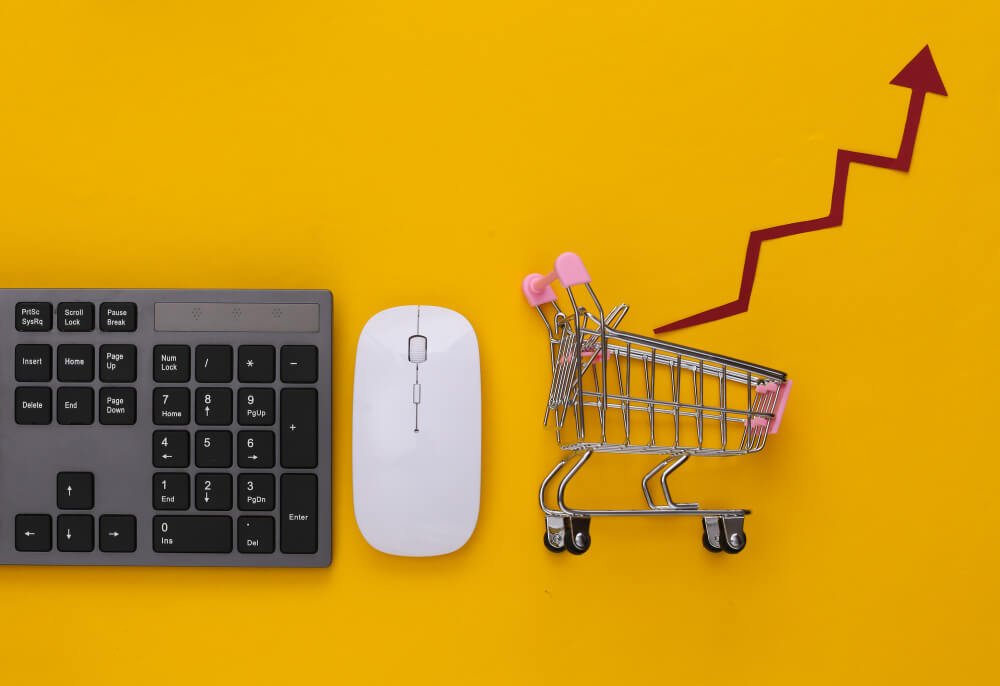So, you’ve been checking out that cool gaming console or fancy kitchen blender on Amazon, haven’t you? You’ve scanned all the features, compared customer ratings, and even clicked on a couple of five-star reviews. You exit your browser, thinking you’ll sleep on it before making a decision. Surprise, surprise! You log in the next day and the price has shot up. What’s going on? Is Amazon messing with your budget because it knows you’re keen?
Let’s get to the bottom of this. In this guide, we’re going to go on a myth-busting mission. We’ll peel back the layers on the rumors about Amazon’s supposed price-hiking tactics. Is it true that Amazon has a sneaky way of inflating prices if it notices your interest? Or is this just another urban legend? Stick around to find out.
In the following sections, we’ll break down how Amazon’s pricing methods work, decode the psychological tricks behind changing prices, explore the infamous cookie theory, and give you some life-saving tips to outwit Amazon’s algorithms. We even have some expert takes to fill in any gaps. So let’s dive in!
Related: When Does Amazon Fresh Restock?
Does Amazon Increase Price After Viewing?
No, there’s no definitive proof that Amazon raises prices solely based on individual viewing habits. Amazon uses a dynamic pricing algorithm influenced by factors like market demand, stock, and competition. While your browsing may be part of broader trends, it doesn’t directly cause a price hike.

Word on the Street
The web is buzzing with claims that Amazon ratchets up prices the moment you show a smidgen of interest in an item. Stories of sudden price hikes have become almost folklore, echoed on social media platforms, forums, and even coffee shop conversations. But is there any substance to these claims?
The Academic Angle
Researchers have actually conducted studies on this hot topic. They’ve pored over data, crunched numbers, and done some real head-scratching. And guess what? The results are anything but clear-cut. Amazon uses something called “dynamic pricing,” but there’s no concrete proof to say that the price of an item will go up just because you’re hovering over it with your mouse.
Between the Lines
Still, why do so many people claim to have experienced this? Chances are, there are several factors at play here. Amazon’s price-setting methods involve multiple variables. Your browsing activity might just be one small gear in a big, complex machine.
How Dynamic Pricing Works
The Big Algorithm
Amazon’s pricing strategy isn’t just plucked out of thin air. They have a super-smart algorithm that takes into account a multitude of factors like how many people are buying the product, what time of year it is, and what the competition is doing.
It’s Not Personal
While Amazon’s algorithm is smart, it’s not necessarily singling you out. It relies on overall trends and market demands. If a lot of people are interested in a product, the price may go up, but that’s a collective influence, not targeted at individuals.
The Bigger Picture
Amazon is like a market researcher and a shopkeeper rolled into one. Their algorithm tracks overall trends, not just individual clicks. Even if many people start looking at a specific product, it could cause a price hike. So while it’s not about you personally, your activity might still be part of the broader pattern that nudges a price upward.
Also Read:
- What Does ‘Not Yet Shipped’ Mean On Amazon
- What Does ‘Payment Revision Needed’ On Amazon Mean? [Solved]
- Does Amazon Accept Apple Pay? [2023 Updated]
The Psychology Behind Price Changes
FOMO Strikes Again
Ah, the good ol’ Fear of Missing Out (FOMO). Amazon knows how to play this card really well. When you see a price increase, it can make you anxious and eager to buy before it goes up even more. Retailers know that creating a sense of urgency can be a powerful sales strategy.
Anchors Away!
Another psychological trick is called “price anchoring.” Here’s how it works: you see a coffee maker listed at $50 initially. A couple of days later, the price drops to $40. Now, you think you’re getting a fabulous deal, even though the original price might have been inflated to make the reduction seem more attractive.
Why We Fall for It
Let’s face it, we’re emotional creatures. Our brain gets a kick out of scoring what looks like a great deal. Amazon and other retailers are well aware of these emotional triggers and have crafted their pricing strategies to push these buttons effectively.
Do Cookies Affect Amazon Prices?
Cookie Crumbs
You’ve likely heard of cookies—small pieces of data that websites save on your computer. Some argue that these cookies are Amazon’s secret weapon for changing prices. They say that Amazon uses cookies to track what you’re interested in, and then hikes the prices accordingly.
Studies Have Their Say
Researchers have given this cookie theory a hard look. They’ve found that while cookies do personalize your shopping experience, they haven’t been definitively tied to price increases on Amazon. So, yes, while cookies remember your past searches and can even make your browsing more convenient, they aren’t necessarily messing with the price tags.
So, Cookies—Friend or Foe?
In summary, there’s no need to be paranoid about cookies. They serve more to personalize your Amazon shopping experience than to alter pricing. The primary role of cookies is to make the site more user-friendly, not to dip into your wallet indirectly.
How to Outsmart the Algorithm
Going Incognito
If the cookie theory has you on edge, you can always browse in incognito or private mode. This way, your session data isn’t stored, and you get to see prices without any potential cookie influence.
Price Trackers to the Rescue
Several tools and apps can track Amazon prices over time. By using these, you can see historical price trends for the items you’re interested in. Some even alert you when prices drop!
Leave It and See
A lesser-known trick is to simply add the item to your cart and then abandon it. Occasionally, Amazon might nudge you to complete the purchase by sending a discount coupon your way. It’s not a guaranteed strategy but worth a try.
Expert Opinions
Economists Chime In
Economists are careful about drawing conclusions without hard evidence. While they don’t entirely dismiss the possibility of prices changing based on browsing habits, they’re quick to point out that no conclusive proof exists to support this theory.
What Tech Geeks Say
Folks who understand algorithms and data are usually more focused on how intricate Amazon’s pricing model is. They say the algorithm’s aim isn’t to exploit individual users but to adjust prices based on a variety of market conditions and trends.
Consumer Advocates Speak
Consumer watchdogs recommend caution. While they admit that no definitive proof exists linking your browsing to price hikes, they also advocate for consumer vigilance. They say it’s best to use available tools and practices to protect yourself from potential price hikes.
Related:
- When Does Amazon Take Payment For Orders?
- Amazon Payment Declined But Still Shipped (What To Do & Why It Happens)
Conclusion
Alright, let’s wrap this up. Does Amazon bump up prices after you’ve clicked on an item? The answer isn’t black and white. Amazon’s pricing is governed by a complex algorithm that takes into account various factors like market demand, stock levels, and competition. While your browsing behavior might not directly lead to higher prices, it could be part of a broader trend that impacts the cost.
By understanding Amazon’s pricing methods and being smart about how you shop, you can avoid falling into any potential pricing traps. So the next time you’re shopping on Amazon, keep these insights and tips in mind. You’ll be a more informed and savvy shopper.

